"Polyphemus And Galatea, Annibale Carracci (bologna, 1560 - Rome, 1609) Workshop Of"
Annibale Carracci (Bologna, 1560 - Rome, 1609) Workshop ofPolyphemus and Galatea (or Polyphemus in love)
First half of the 17th century
Oil on canvas
75 x 62 cm. - In antique frame 84 x 71 cm.
All the details relating to this painting can be viewed at the following - LINK -
The painting is inspired by the myth of Galatea, the sea nymph daughter of Doris and Nereus, narrated in an episode in Poliziano's ‘Joust’, where her passage in front of Polifemo is described, and in Ovid's Metamorfosi (Ovid XIII).
The scene takes place on the seashore, where Galatea is lying on a shell pulled by a triton and supported by two nereids, her faithful nymphs depicted as comely maidens, one of whom holds the reins of the sea creature.
Sitting observing the scene on a promontory is the Cyclops Polyphemus, hopelessly in love but unrequited, as he plays the flute in vain in honour of his beloved and contemplates her with his one eye, which appears indifferent to her song.
The iconography reproduces with some variations the painting frescoed by Annibale Carracci for the ceiling of the Galleria di Palazzo Farnese in Rome, at the behest of Odoardo Farnese, between 1598 and 1601, which he completed with the help of his brother Agostino Carracci.
This monumental cycle of frescoes produced an incredible effect among Carracci's contemporaries, coming to be equalled in grandeur and beauty even by Michelangelo's paintings in the Sistine Chapel, similar in size. If before this work, the artist was considered a talented painter, now the greatest collectors began to speak of him as one of the best masters of Italy.
His contemporaries appreciated the magnificence of his appearance, and above all the themes he dealt with, as they deviated from purely religious ones to profane, mythological subjects, and indeed permeated with light eroticism.
With regard to the stylistic and qualitative canons of this valuable work, which we can easily place in the first part of the 17th century, we are inclined to ascribe its authorship to the copious production of the Carracci workshop, which repeatedly tried its hand at reproducing such subjects, to satisfy the requests of patrons who were fascinated by this splendid subject.
The bright colours and soft chromatic range, the confident and precise brushstrokes, and the composition and characters outlining the figures are elements that support this reference.
The canvas is in a good state of preservation. Complete with antique frame.
ADDITIONAL INFORMATION:
The work is sold with a certificate of authenticity and descriptive iconographic card.
We take care of and organise the transport of the purchased works, both for Italy and abroad, through professional and insured carriers.
It is also possible to see the painting in the gallery in Riva del Garda, we will be happy to welcome you to show you our collection of works.
Contact us, without obligation, for any additional information.
Follow us also on :
https://www.instagram.com/galleriacastelbarco/?hl=it
https://www.facebook.com/galleriacastelbarco/


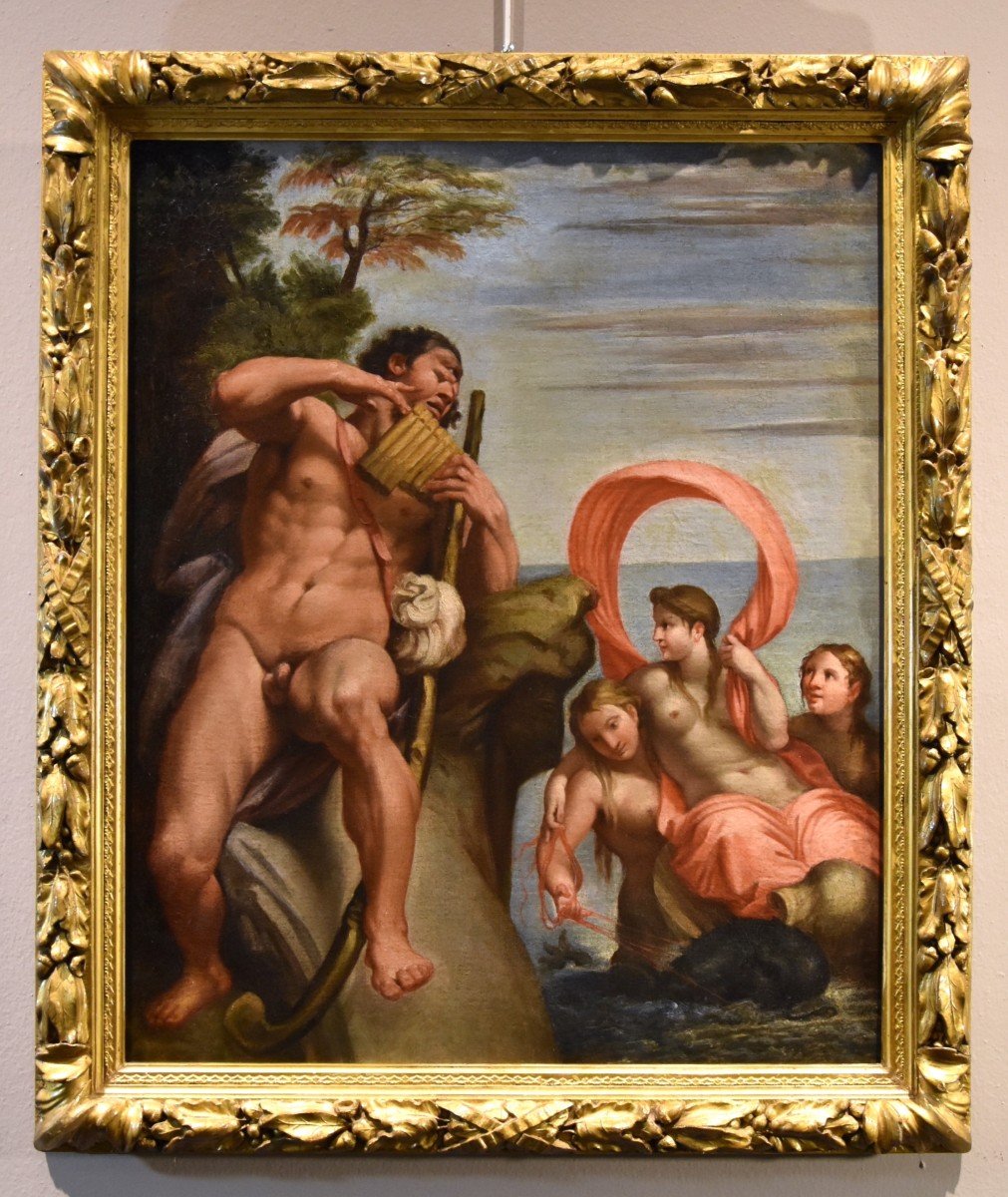
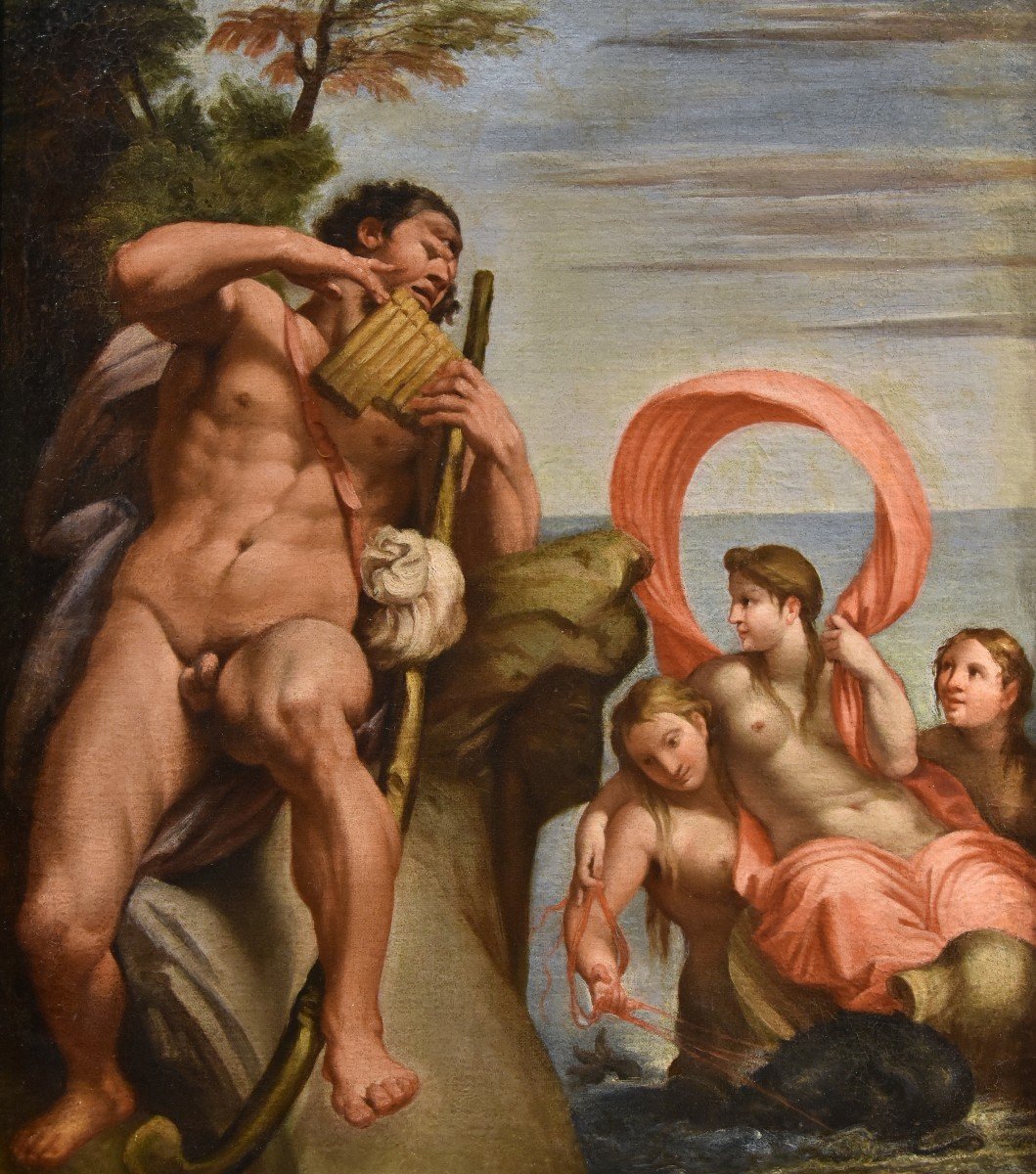
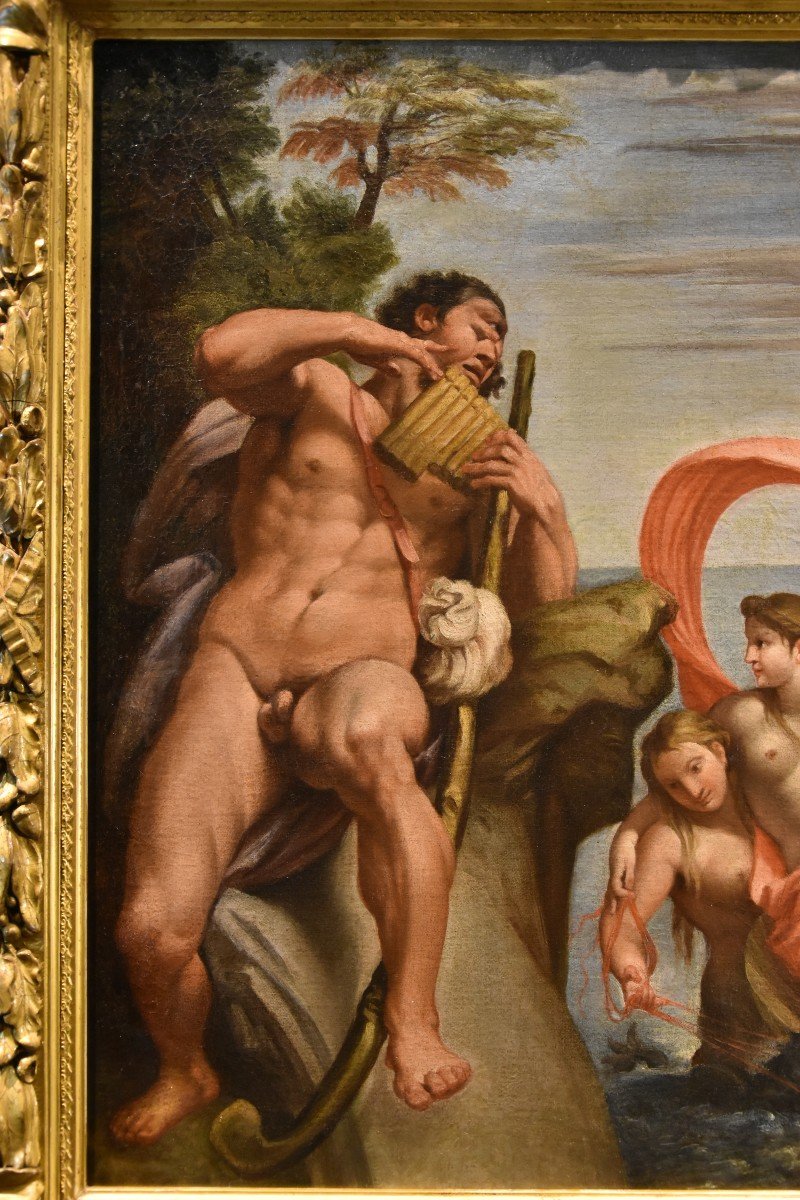
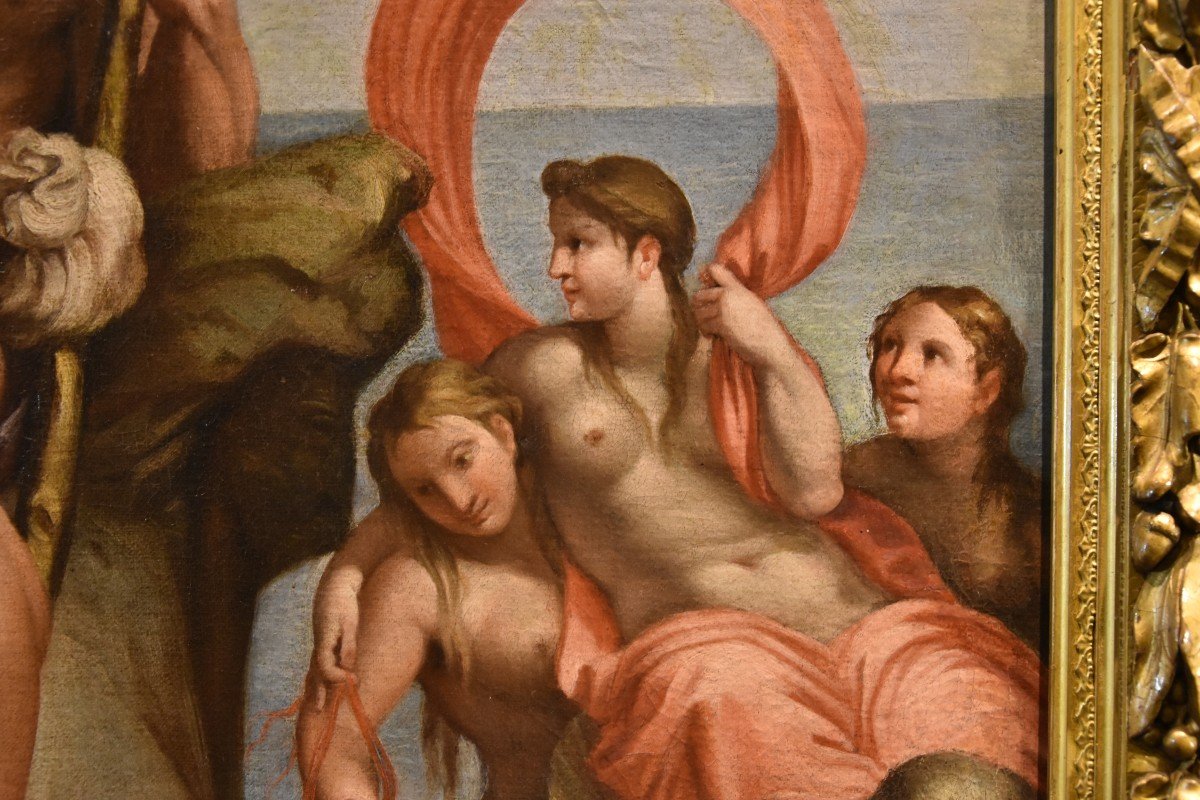
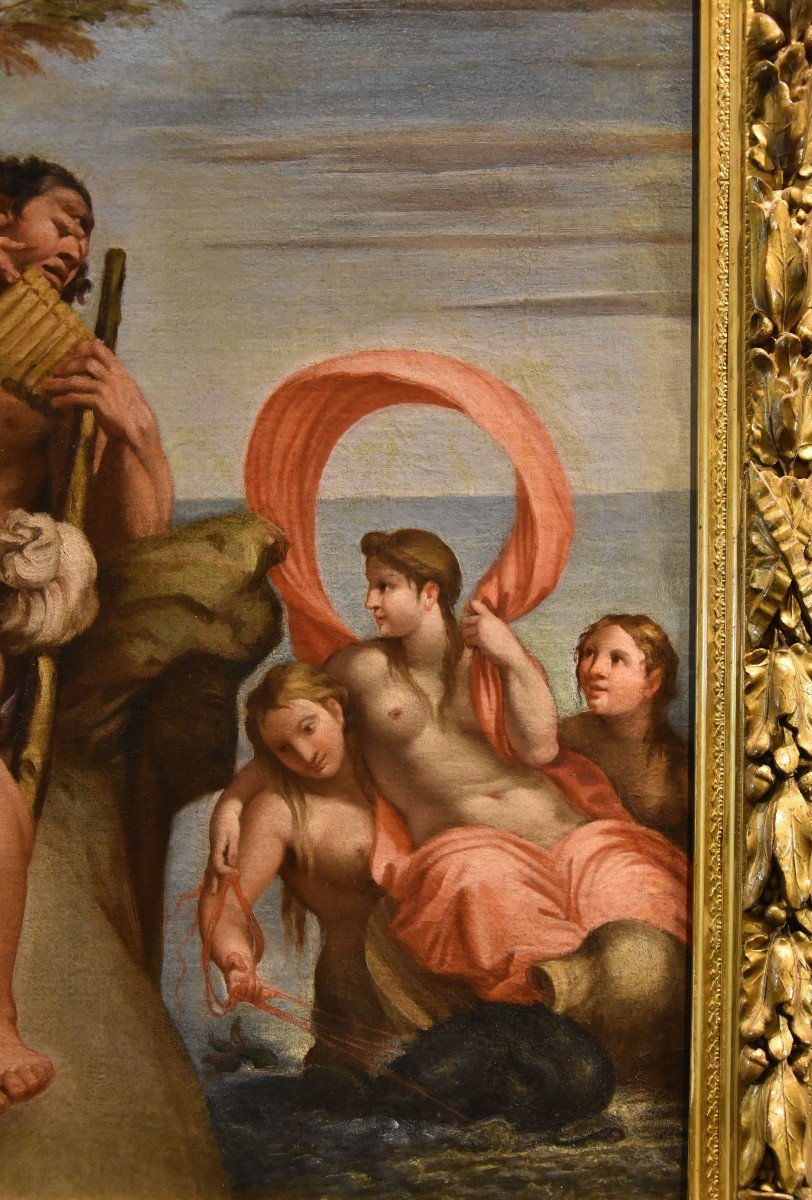
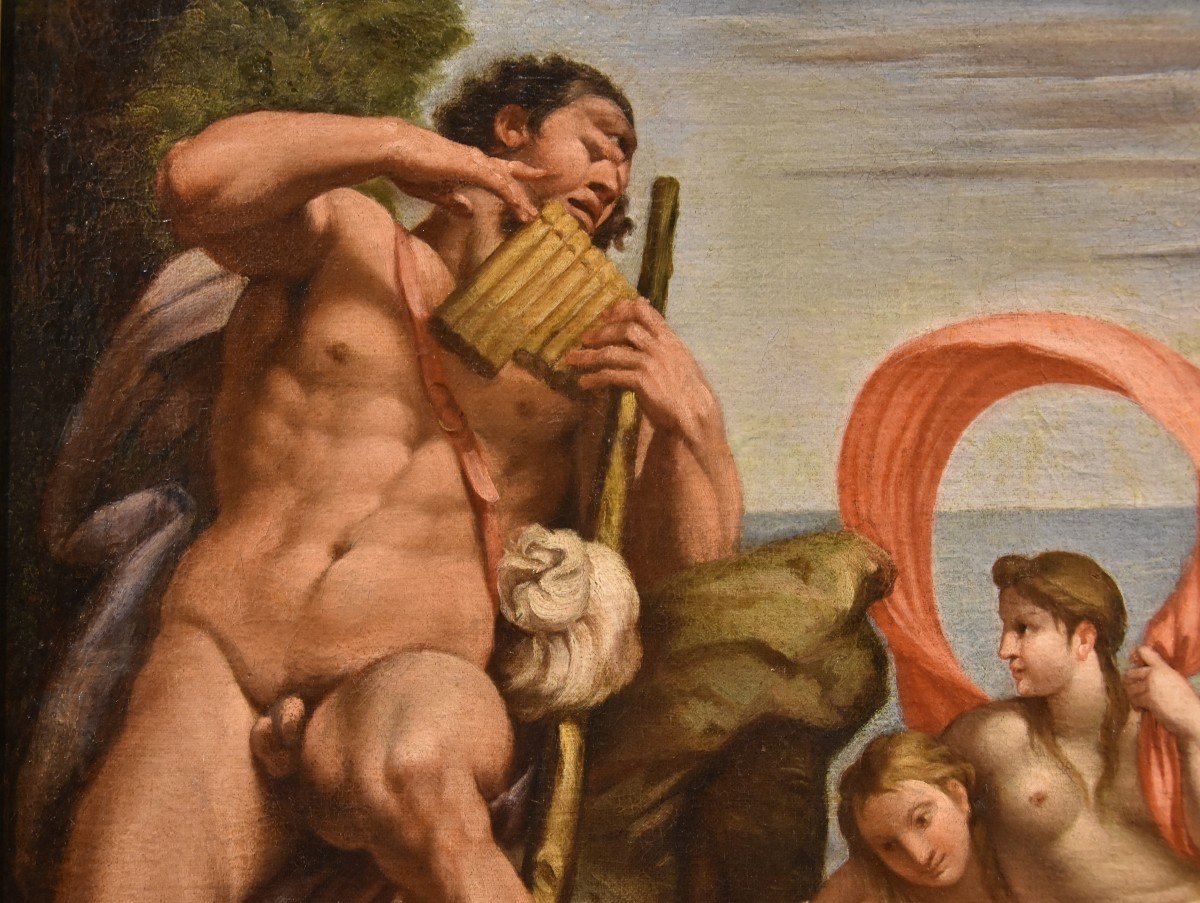
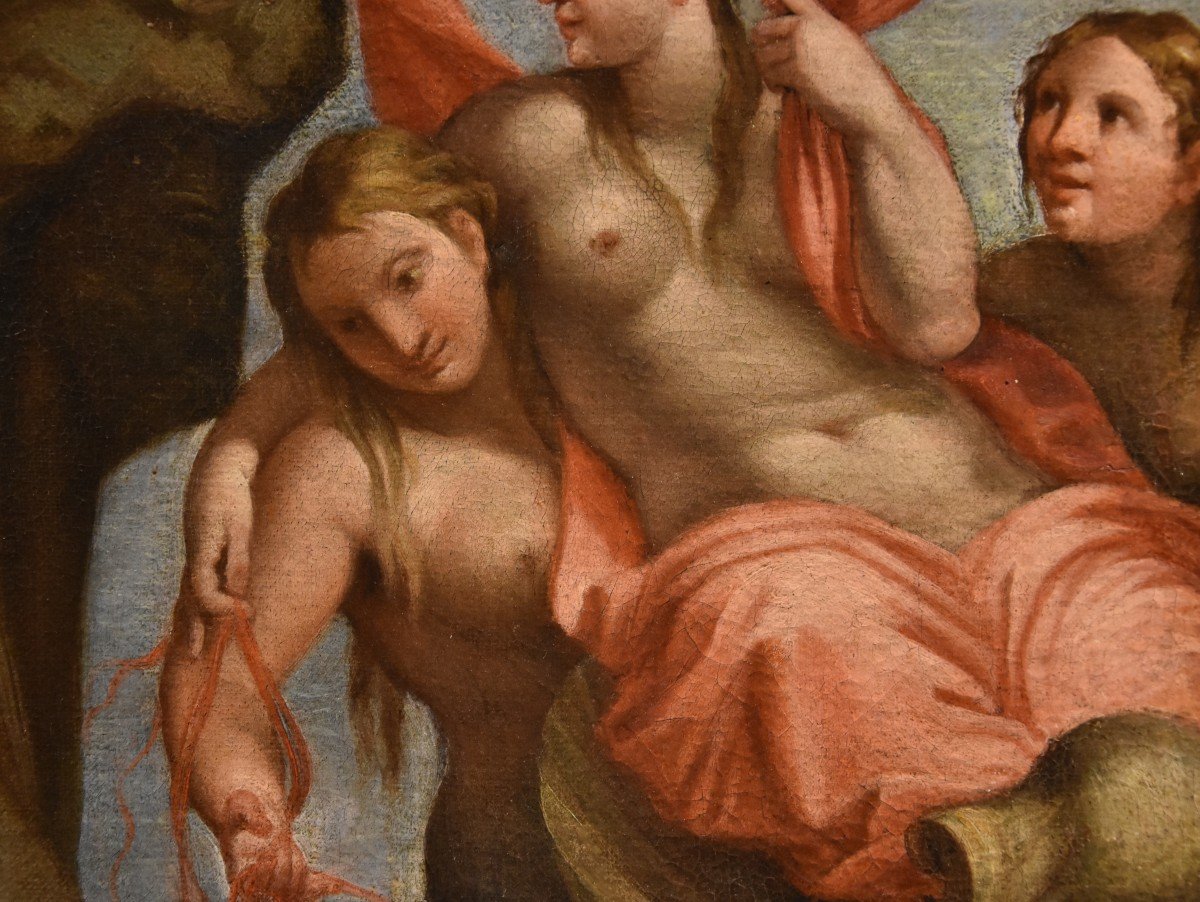
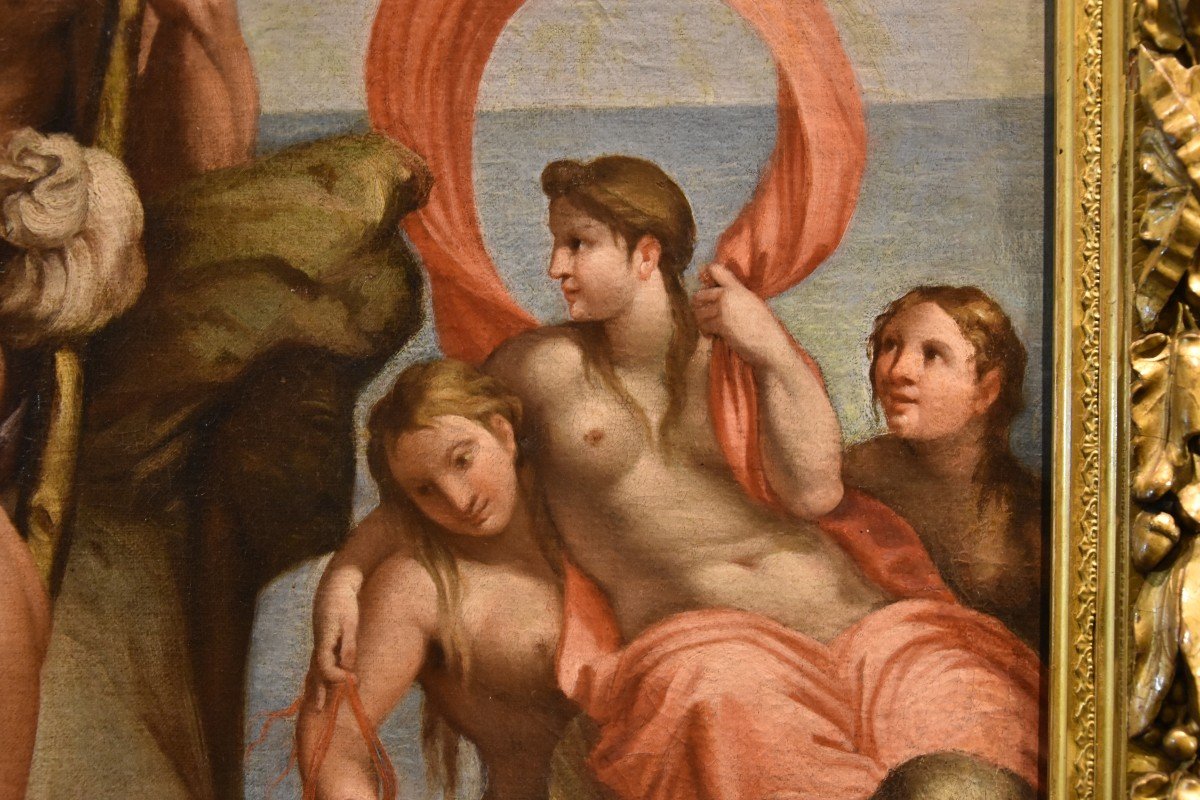
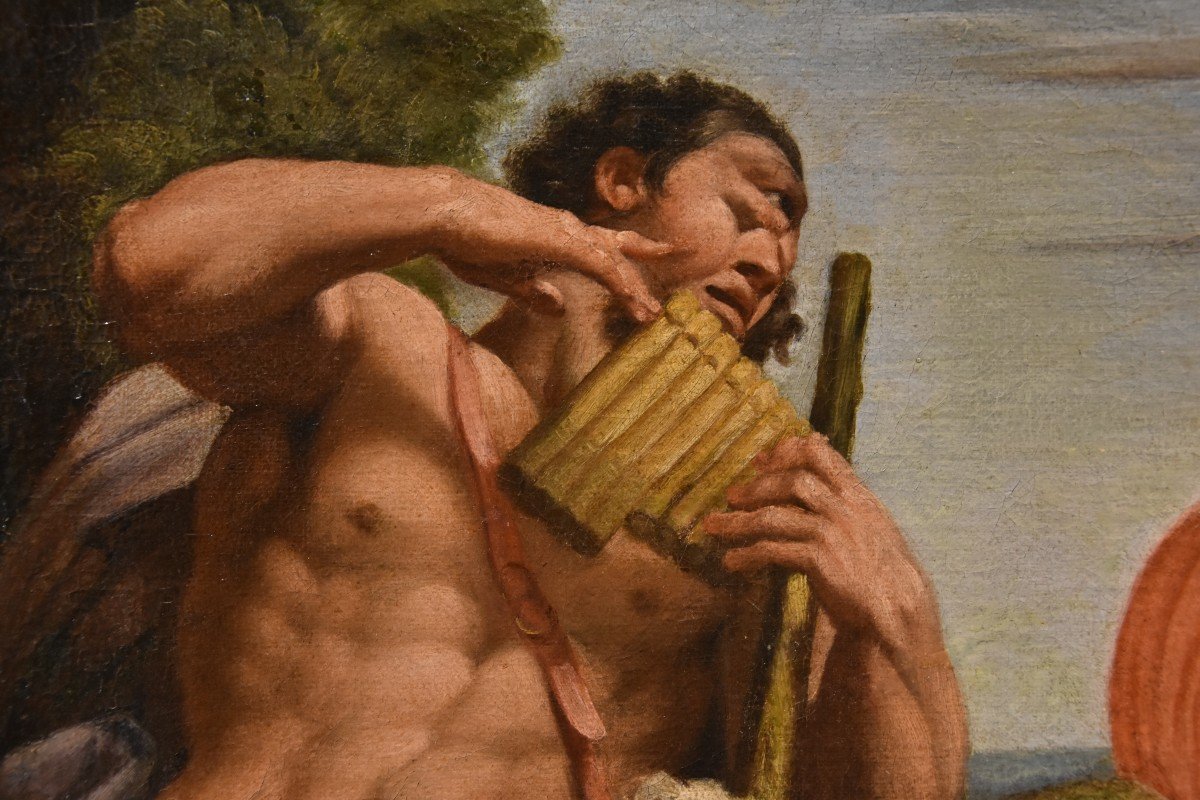
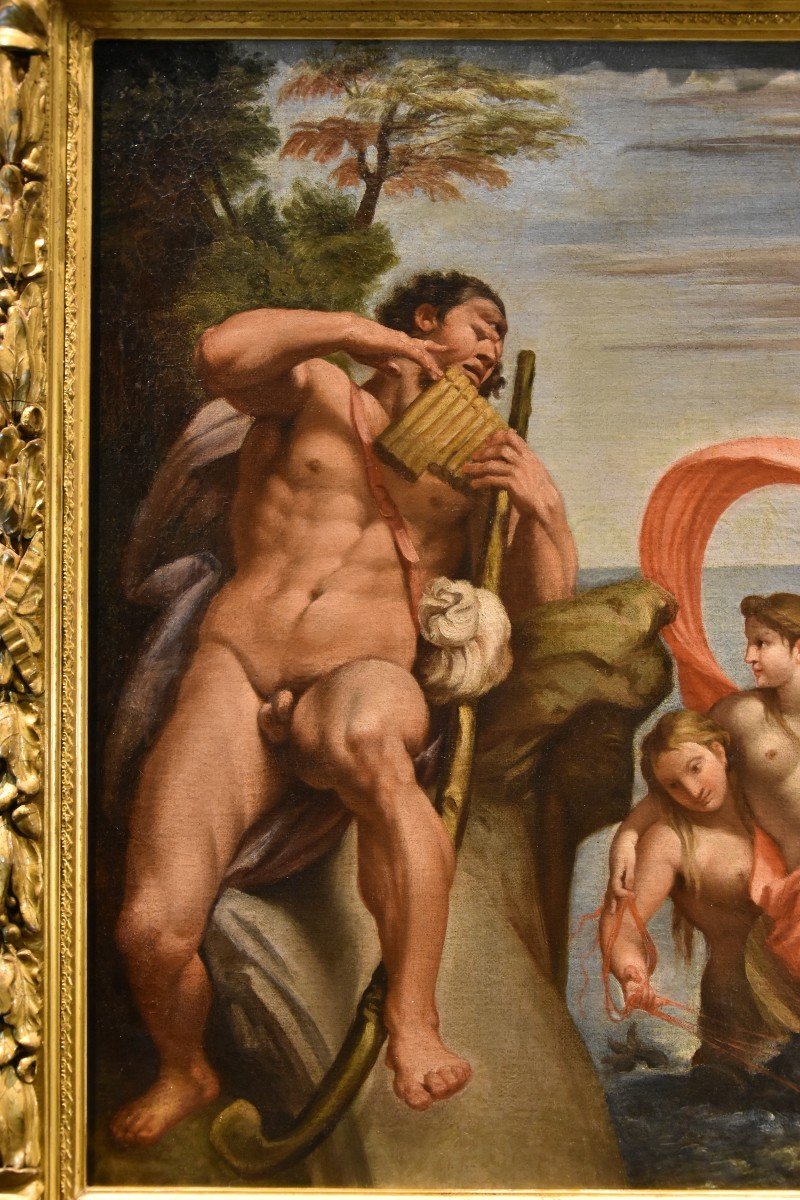
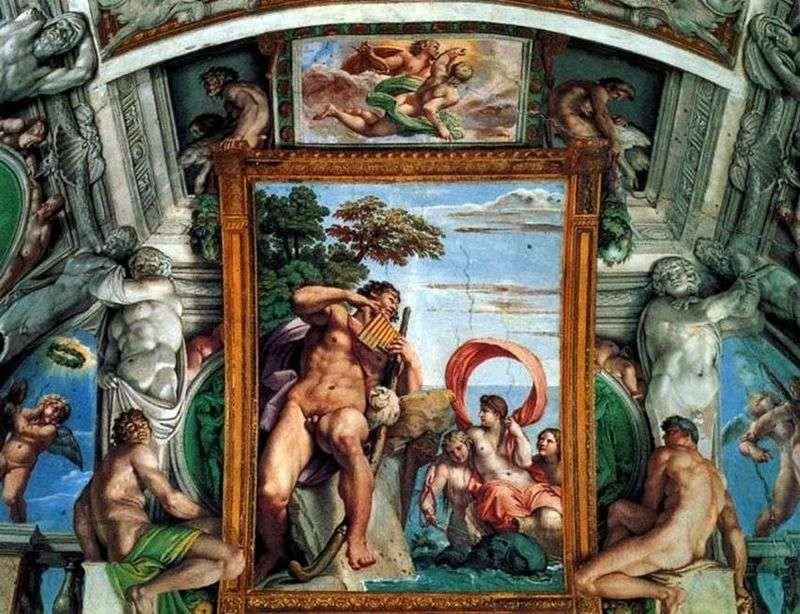
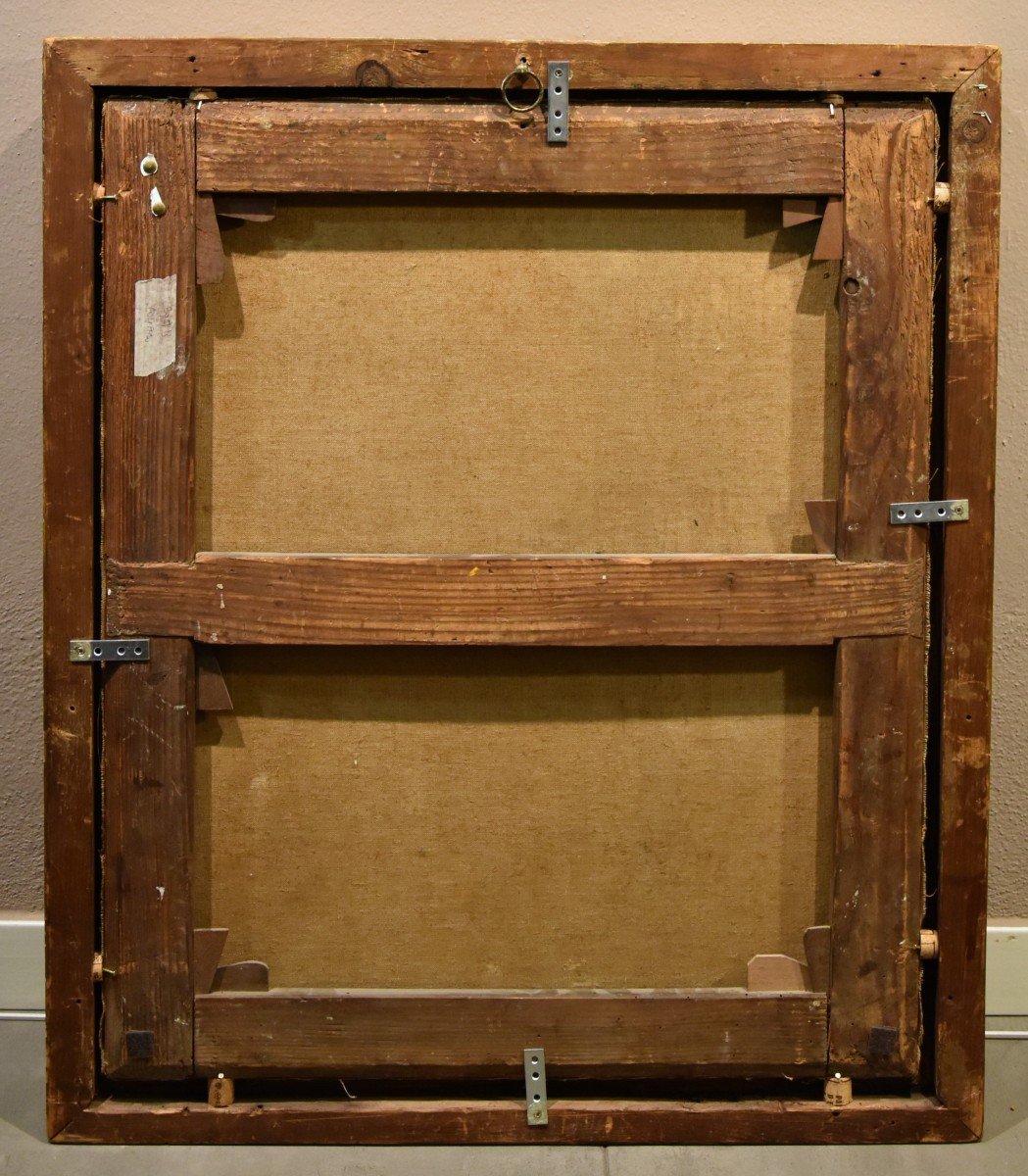













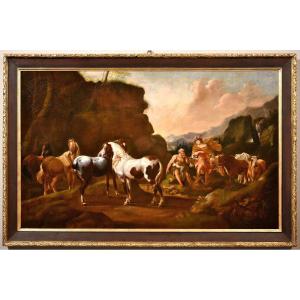



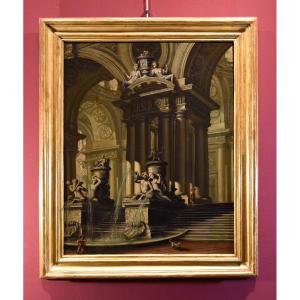


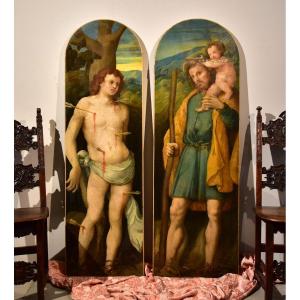
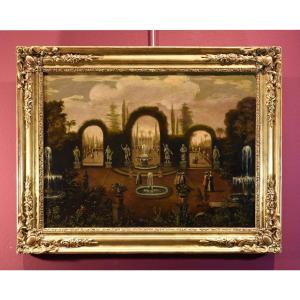
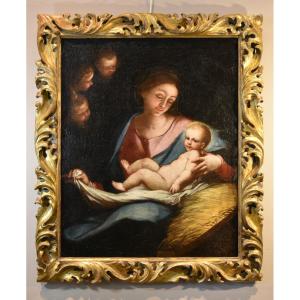
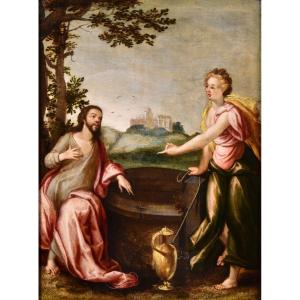
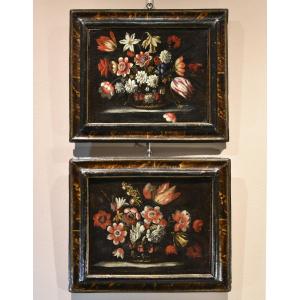


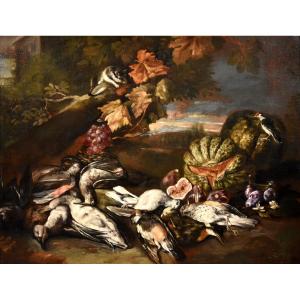


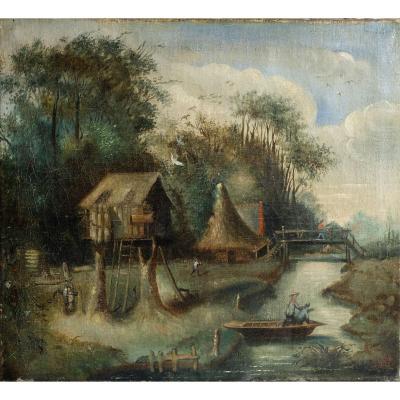
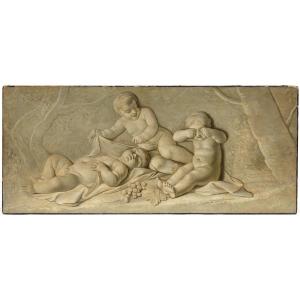





 Le Magazine
Le Magazine Rivista Artiquariato
Rivista Artiquariato TRÉSORS magazine
TRÉSORS magazine